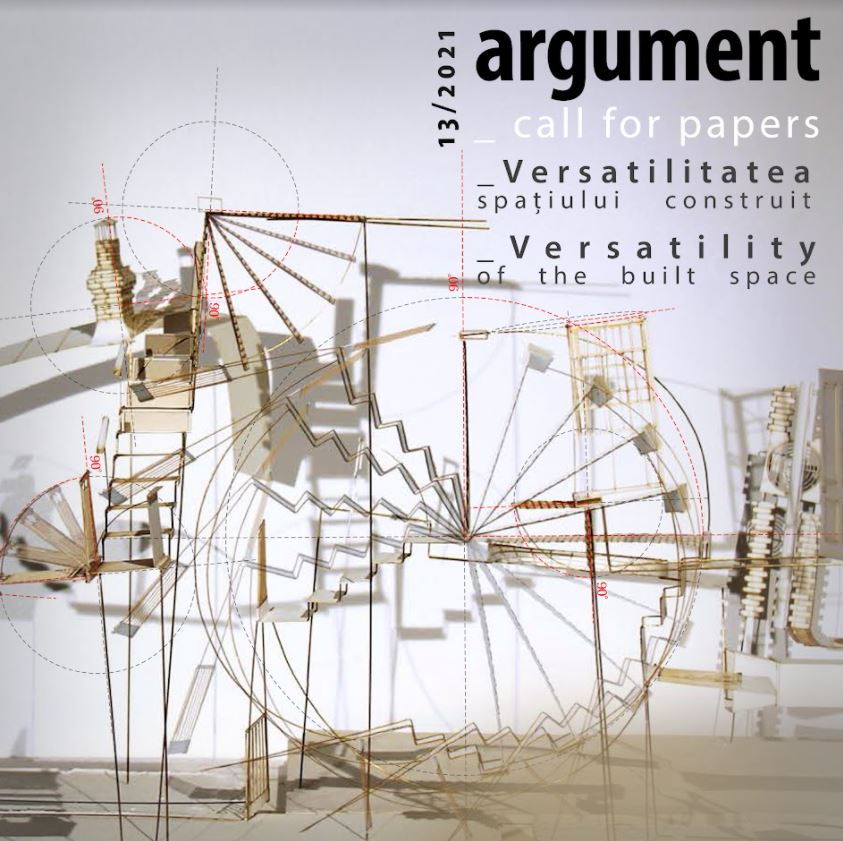ARHITECTURA ADAPTIVĂ
ADAPTIVE ARCHITECTURE
Interaction with the Built Environment
Author(s): Ionuț DohotariuSubject(s): Architecture, Environmental interactions, ICT Information and Communications Technologies
Published by: Editura Universitară “Ion Mincu”
Keywords: adaptive architecture; change; process; reconfiguration; flexibility; automation;
Summary/Abstract: Contemporary society suffers from a constant acceleration of the way of life, mainly caused by technology. Given that the perceptual system of human beings is a holistic one (the whole body is influenced by the senses, which in turn alters the way of thinking), the response of architecture to the state of change, remodeling and adaptation of the contemporary ethos is the emergence of new forms of architecture based on the absorption of research and innovation from other fields. Adaptive architecture is a multidisciplinary field that aims to generate customizable spaces, by changing the interior organization, in order to ensure new functional features, but also by adjusting the structural and closing elements. The adaptation of the architectural space is based on the distinction between “adaptive architecture” (i.e. the one specifically designed to adapt to the environment, inhabitants and component objects) and “adaptable architecture”(actually, any architectural object). Why do we need adaptive architecture? The relevance of studying it is found in the purpose of this phenomenon, that of creating a new form of architecture responsible for mediating human-computer inter action and the automation of processes necessary to redesign the interior space as well as for reducing energy and resource consumption.
Journal: Argument
- Issue Year: 13/2021
- Issue No: 13
- Page Range: 91-106
- Page Count: 16
- Language: English, Romanian

